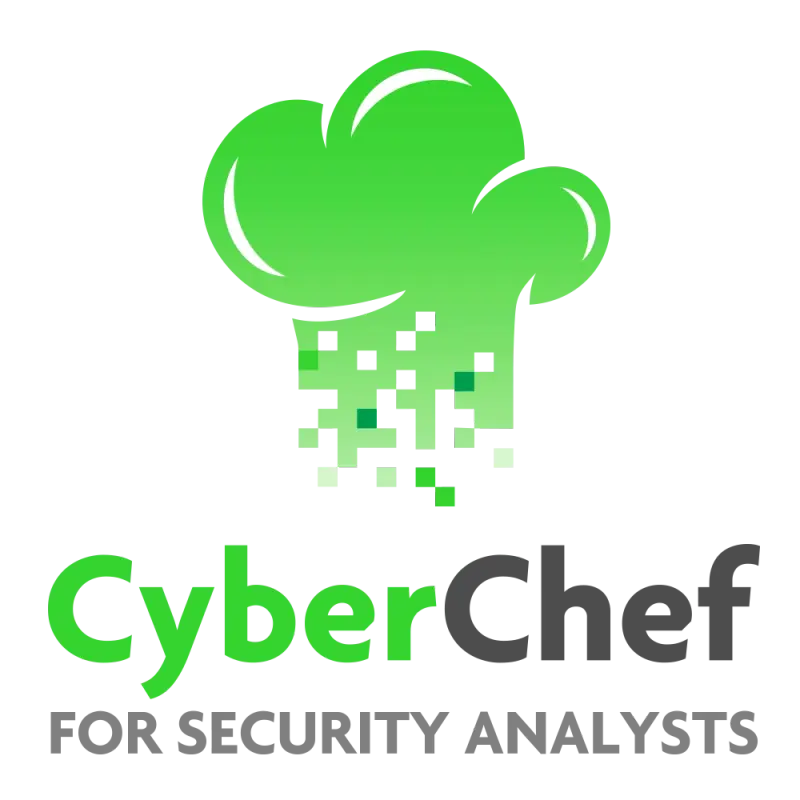
CyberChef for Security Analysts
The CyberChef for Security Analysts course is brilliantly laid out and fills the gaps on so many areas that I either didn't know existed or have avoided in the past as the barrier to gaining the knowledge was too involved. The course makes the elephant sized task of analysing malware or even log analysis much more eatable by having CyberChef there to help cut it down into smaller pieces. It allowed me to do what I couldn't muster the patience or motivation to do in the past. I was surprised at how effective you can be in your security day job (or solution building night job!) with less than 10 CyberChef operations.
CyberChef is the closest thing defenders have to a Swiss Army Knife.
CyberChef is a free, open-source web application designed for carrying out common data manipulation techniques in a structured, systematic, repeatable way. This includes operations like simple decoding, hash calculation, content extraction, indicator format parsing, and more. Each of these things is essential to blue teamers in any role.
Now, I’m excited to offer an online course dedicated to teaching you data manipulation techniques using CyberChef to become a better investigator.
Introducing…
CyberChef for Security Analysts will teach you how to use CyberChef to perform common data manipulation, transformation, deobfuscation, and extraction techniques using real security data*. This isn’t just a simple tutorial, you’ll work through diverse exercises using real-world security data to build a toolkit of techniques.
Simply put, CyberChef for Security Analysts is an example-driven master class on dealing with the most common types of data you’ll encounter in common blue team roles like SOC analysts, malware reverse engineering, forensic investigations, threat hunting, and threat intelligence.
CyberChef Basics
- Gain comfort with the CyberChef interface
- How to install CyberChef locally and maintain good OPSEC practices
- How to save, load, and share recipes for repeatability and collaboration
- How to identify the most common types of encoding you’ll encounter.
- Techniques for isolating, extracting, and decoding data into readable formats
- How XOR works, including how to identify and use XOR keys to get past what attackers try to hide.
- Operations for comparing data to find out where changes occurred
- Techniques for formatting and converting dates and times (because not everything is in UTC by default)
- Extracting and manipulating common indicator formats like IP addresses and domain names, including ways to safely share malicious IPs, domains and URLs.
- How to leverage regular expressions in CyberChef to match and extract important data
- Pulling actionable indicators (IPs, domains, etc) from malware samples
- Deobfuscating JavaScript, PowerShell, VBScript, and more
- Deobfuscation techniques for web shells and malicious shortcut files
- How to deobfuscate common C2 implant files, like PoshC2 and CobaltStrike PowerShell loaders.
- How to find and practice with malware samples from public sandboxes
- Repeatable techniques for stepping through layered obfuscation with advanced CyberChef operation including subsections, registers, jumps, and more.
- How to manipulate the structure of log files for easier analysis
- Methods for anonymizing data for reporting or sharing
- Parsing XML with XPath
- Performing data verification to ensure forensic soundness
- Building custom URL parsers (including building your own Google URI parser)
- How to extract and process EXIF data
- Techniques for mapping GPS coordinates
- Leveraging CyberChef’s optical character recognition (OCR) abilities
- Creating HTTP requests from CyberChef to extract or parse data from sites like Github
- Interacting with public security APIs like Shodan
- Parsing JSON with JPath
- Techniques for bypassing SOP and CORS restrictions.
If you want to start building confidence for manipulating data, defeating malware obfuscation, and extracting relevant indicators while building mastery of one of the most versatile security tools available, CyberChef for Security Analysts is the course you’re looking for.
You can view a detailed course
This link is hidden for visitors. Please Log in or register now.
This link is hidden for visitors. Please Log in or register now.